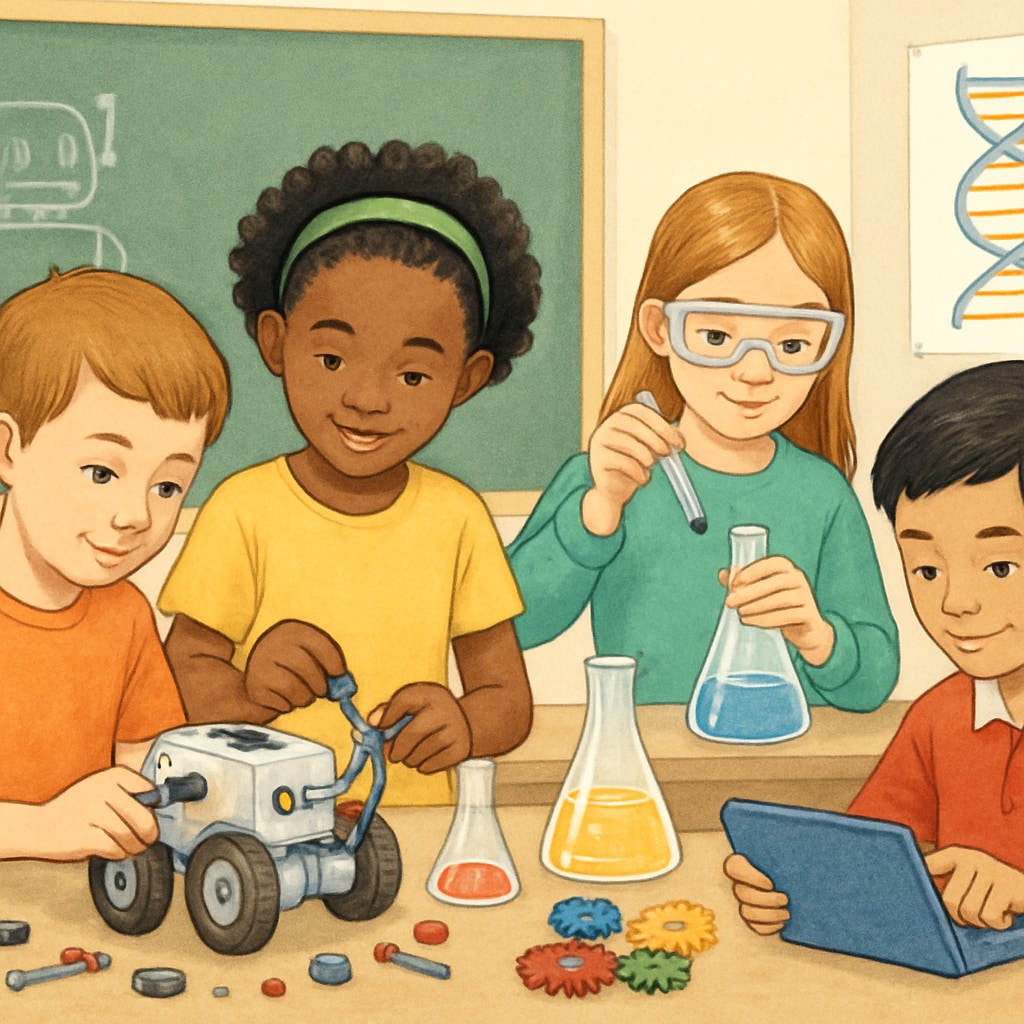When traditional schooling struggles to accommodate children with hands-on creativity, parents often wrestle with finding the right educational approach. Balancing early education, creativity nurturing, and educational choices can foster both their imaginative spirit and essential academic skills. These young minds often thrive in environments where curiosity and practical exploration are encouraged. So, how can parents design an education pathway that matches their unique needs?
Understanding Hands-On Creative Children
Hands-on creative children often possess a natural inclination toward experimentation and problem-solving. They may prefer tactile learning experiences over traditional classroom lectures and excel in subjects like art, engineering, or science. Recognizing these traits early in a child’s development is critical to nurturing their potential.
For instance, while other children might enjoy passive learning through books, hands-on learners often thrive in project-based environments. Their creativity flourishes in spaces where they can build prototypes, conduct experiments, or deconstruct objects to understand how they work.

How Early Education Shapes Creativity
Early education plays a pivotal role in laying the foundation for a child’s lifelong learning habits. Schools with a strong emphasis on creativity nurturing—such as Montessori or Reggio Emilia approaches—can be ideal for hands-on learners. These methodologies prioritize exploration, self-directed learning, and creativity, allowing children to engage deeply with their interests.
Moreover, incorporating STEM (Science, Technology, Engineering, Math) programs early can set the stage for innovative thinking. STEM-based curricula encourage problem-solving and critical thinking, which align perfectly with the needs of hands-on creative children.

Educational Choices Beyond Traditional Schooling
For families seeking alternatives to conventional education systems, homeschooling, maker spaces, and specialized programs can be excellent choices. Homeschooling allows parents to tailor learning experiences to their child’s strengths, offering flexibility in pacing and subject emphasis.
Maker spaces—community workshops equipped with tools for creative projects—can supplement education by providing hands-on opportunities to learn engineering, robotics, and design skills. Extracurricular activities, such as coding camps or art classes, can also help children explore their passions further.
Another compelling option is enrolling children in schools that integrate creativity with academic rigor. For example, institutions with STEAM (Science, Technology, Engineering, Arts, Math) programs combine artistic expression with technical skills, giving children a holistic education that aligns with their interests.
Balancing Creativity and Core Skills
While nurturing creativity is vital, ensuring that hands-on learners develop essential academic skills is equally critical. Parents should aim for a balanced approach where creativity and practicality coexist. For example, integrating reading and writing exercises into creative projects can help children grasp language skills in a context that feels relevant and engaging.
Additionally, encouraging collaborative projects can help children build social and teamwork skills while leveraging their creative strengths. Activities that blend innovation with structure—such as designing a science fair project or writing a storybook—can help bridge the gap between creativity and academics.
Ultimately, every child is unique, and the ideal educational pathway depends on understanding their specific interests and learning style. By combining early education, creativity nurturing, and thoughtful educational choices, parents can create an environment where hands-on creative children thrive.
Readability guidance: Use concise paragraphs, incorporate lists for summarizing key points, and strategically place transition words like “in addition” and “for example” to improve flow.


